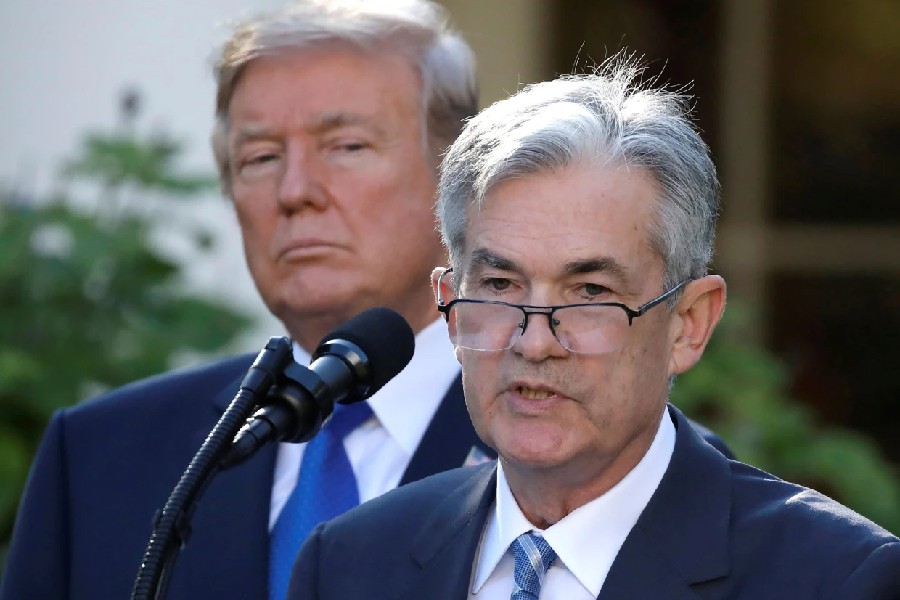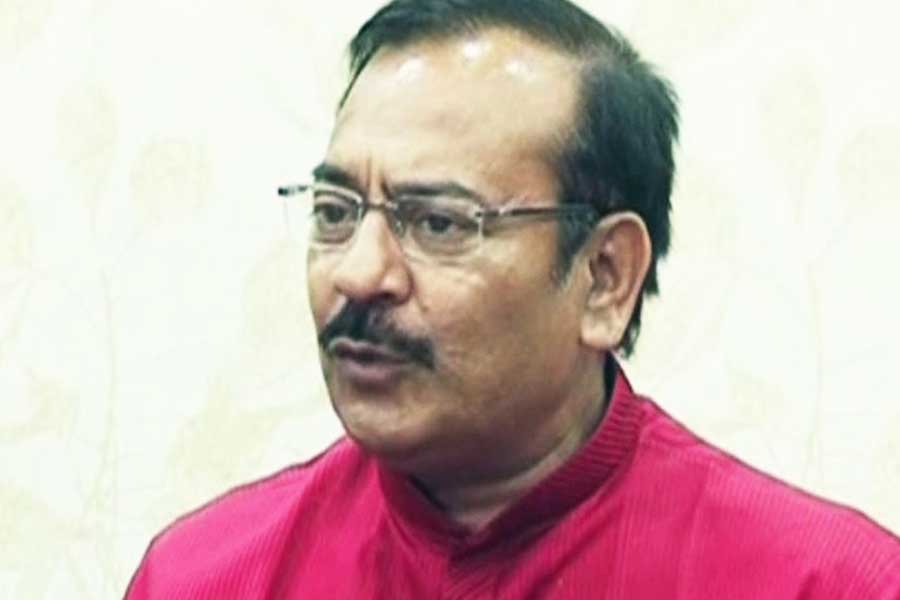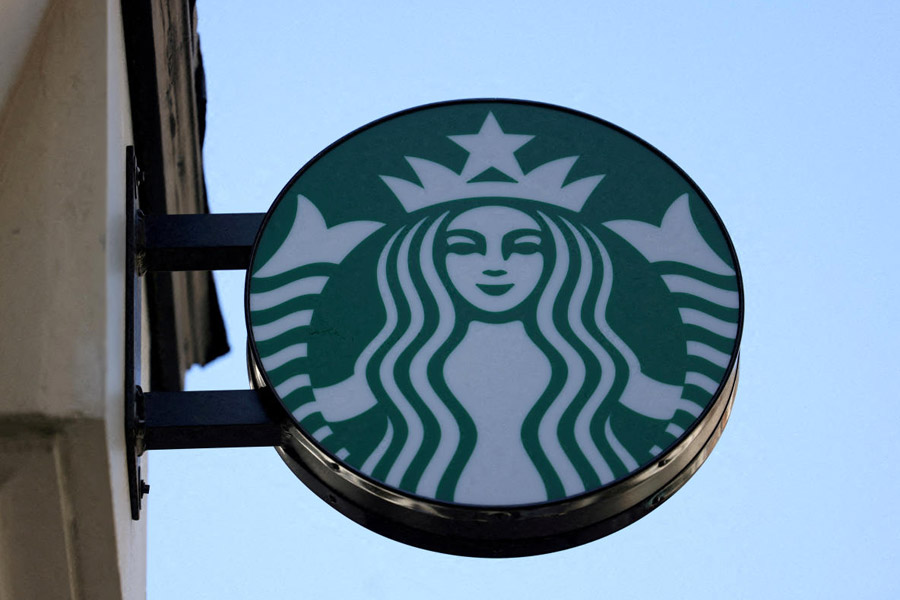Federal Reserve chair Jerome Powell held the US benchmark interest rate steady amid tariff uncertainty on the economy’s growth prospects and concerns about high inflation, the move drawing the ire of US president Donald Trump, who has been advocating immediate rate-cuts since his return to the White House in January.
Back home, discussions have begun on how the Reserve Bank of India (RBI), which initiated the repo rate-cut cycle in February by slashing the benchmark rate by 25 basis points to 6.25 per cent from 6.5 per cent, would respond to the Fed move.
As higher US interest rates often result in foreign capital outflows from emerging markets like India, whereas lower rates tend to increase inflows, the Fed’s rate cut cycle could benefit India by boosting capital inflows and supporting the rupee. Besides, India is still experiencing stable GDP growth and benign inflation, unlike the growing uncertainty across the globe.
Trump ire
Powell, who was brought to helm the central bank by Trump in 2018, has been of the view that political influence over central bank interest-rate setting undermines its ability to control inflation.
Though the former investment banker and lawyer has shied away from any verbal duel with Trump — “it’s not appropriate” to comment on what the President says, he had said recently — he has tried to protect the monetary policy independence of the Fed.
Trump, however, did not mince his words. He took to Truth Social to say: “The Fed would be MUCH better off CUTTING RATES as US Tariffs start to transition (ease!) their way into the economy.”
He also urged Powell to “do the right thing”.
After holding the benchmark overnight rate steady in the 4.25-4.50 per cent range, Powell described the uncertainty faced by Fed policymakers as “unusually elevated”. He did downplay concerns about a slowdown but acknowledged tariff uncertainty’s role in inflation, though “transitory”.
Despite the apparent difference between the White House and the US Fed, Kevin Hassett, Trump’s national economic adviser, told reporters that Trump and his team “very much” respected the independence of the Fed.
He, however, underscored that he anticipated a 2.5 per cent growth rate while the Fed is predicting a 1.7 per cent expansion of the US economy in FY25. Fed officials are expecting inflation ending the year at 2.7 per cent, surpassing their earlier expectation of 2.5 per cent and the target of 2 per cent.
Despite these numbers, Fed policymakers still consider the possibility of delivering two quarter-percentage-point rate cuts by the end of this year. There is, however, little doubt that they would keep a close tab on the impact of the tariff war on prices, economic expansion and unemployment trends before taking their next call.
Implications for India
Analysts in India anticipate that the Fed’s uncertainty around the US growth-inflation trajectory has mixed implications for India.
“Short-term relief, seen through declining US yields (2-year treasury yield dipping below 4 per cent), is aiding near-term rupee strength, currently rallying over 1 per cent to around 86.34-86.36 per dollar. Yet, prolonged volatility, coupled with anaemic US demand, poses structural risks to export-oriented sectors,” said Arsh Mogre, economist, institutional equities, PL Capital - Prabhudas Lilladher.
While the Economic Survey had projected GDP growth for the next fiscal at 6.3-6.8 per cent, rating agency Moody’s has estimated a growth of 6.5 per cent in FY26.
Besides, the CPI — the rate at which prices of goods and services consumed by households are rising — moderated to a seven-month low of 3.6 per cent in February, backed by softening food inflation.
These macro numbers will surely help the RBI to consider further rate cuts in 2025, which will increase consumer spending, boost borrowing activities, and improve liquidity in the market, all facilitating economic expansion. So, the market experts think that the central bank, which started with liquidity easing, has room for policy flexibility for another 25 basis point rate cut in April.
The only concern, however, will be impact of tariffs as some experts believe that the return of trade restrictions under Trump could add to global inflationary pressures and make it harder for central banks, including the RBI, to justify rate cuts.










